A grand procession parades across the splayed-open pages of an accordion-fold book, with one robed and turbaned dignitary on horseback following after another, flanked by archers on foot. Flecked with gold and painted on vegetal dyed paper, Suleyman the Magnificent is Going to Friday Prayer (2020) at first glance appears as if it could have been created by palace artisans during the reign of its namesake, the 16th-century Ottoman sultan – if not for a few small details.
A drone hovering overhead, a protester with a megaphone and a police riot-control vehicle also populate the work by Halil Altindere, a Turkish artist who is part of a new generation taking a centuries-old tradition and making it their own. A group exhibition at the Pera Museum in Istanbul, ‘Miniature 2.0: Miniature in Contemporary Art’, includes 40 such works by 14 artists from Azerbaijan, India, Iran, Pakistan, Saudi Arabia and Turkey. It highlights the wide-ranging permutations of subject matter, style and medium in these modern miniatures, from abstract sculptures and fairy-tale dioramas to videos and textile installations.
‘Miniature is a way of seeing, of expressing events, of transferring thoughts and stories into images,’ explains Filiz Adiguzel Toprak, an associate professor in the department of traditional arts at Dokuz Eylul University in Izmir. An artist as well as an academic, Toprak contributed a text to the ‘Miniature 2.0’ catalogue and her miniature-painting skills to the three works by Altindere in the exhibition.
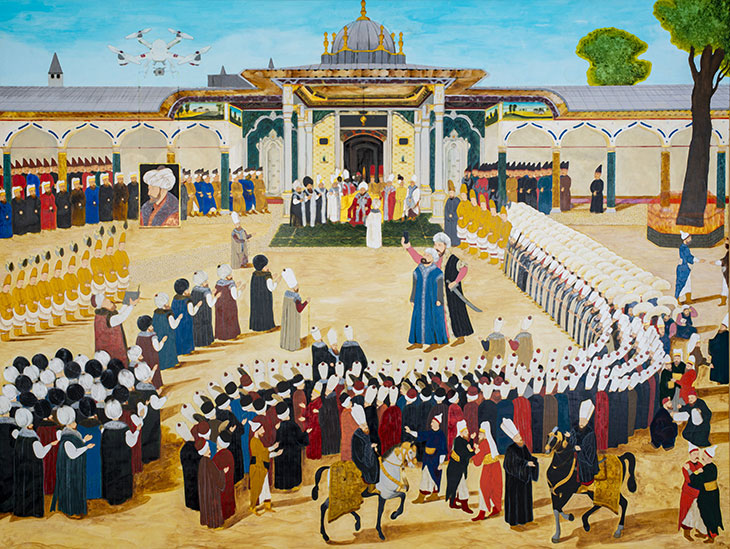
Sultan’s Accession to the Throne Ceremony with Drone (2018), Halil Altindere. Courtesy Pera Museum
Though most of the works in ‘Miniature 2.0’ are credited to a single artist, collaborative production was typical during the miniature’s classical period, with a master artist creating the design and other members of his workshop painting individual elements – the figures’ faces, for example, or the image’s decorative borders. Strongly influenced by Chinese painting, the traditional miniature flourished in Persia in the 13th–16th centuries and was adopted (and adapted) by the Ottoman and Mughal empires. Artisans used the form to depict myths and legends and to record military victories, official ceremonies and lavish court festivities, initially as book illustrations and later as standalone images.
The popularity of the traditional miniature dwindled after the spread of printed reproductions and photography, although it has enjoyed a revival of interest in recent years in countries including Turkey, where the government has emphasised the promotion of Ottoman-era heritage. In December, the art of miniature was added to UNESCO’s Representative List of the Intangible Cultural Heritage of Humanity based on a joint nomination by Azerbaijan, Iran, Turkey and Uzbekistan. Yet Turkey’s contemporary art world has generally shied away from anything connected with the Ottoman past, while political and social groups who champion traditional Islamic arts like calligraphy, illumination and paper marbling have often looked askance at those with ‘outside’ influences.
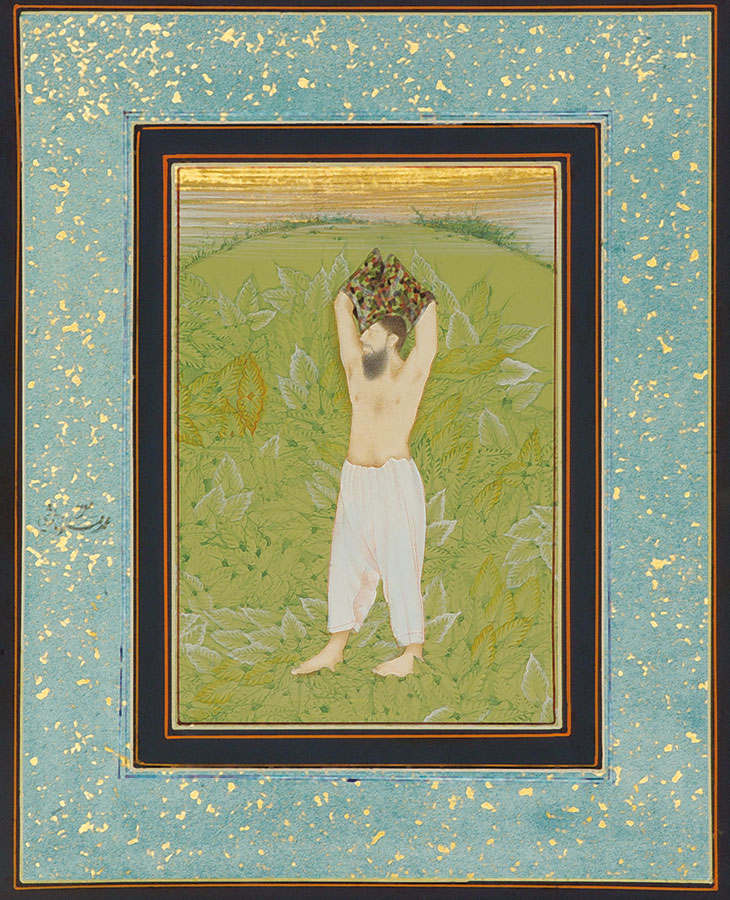
From the series Moderate Enlightenment (2009), Imran Qureshi. Private collection. Courtesy the Pera Museum
The start of the miniature’s metamorphosis into the modern art form seen in the exhibition at the Pera Museum is often credited to the National College of Arts in Lahore, where artists trained in the old methods began receiving international attention in the 1990s for their fresh interpretations. Two of its most influential alumni, Shahzia Sikander and Imran Qureshi, are represented in ‘Miniature 2.0’. In his series Moderate Enlightenment (2006–09), on display here, Qureshi hews close to the traditional form while depicting burly men with full beards and long cargo shorts, a stereotypical image of an Islamic extremist, in gentle poses – such as blowing on a dandelion – to challenge viewers’ prejudices. In contrast to these intimate works on paper, Sikander’s Parallax (2013) fills an entire room, hundreds of hand-drawn images digitally animated into an abstract cosmos of symbols and figures that swirl hypnotically across three video screens.
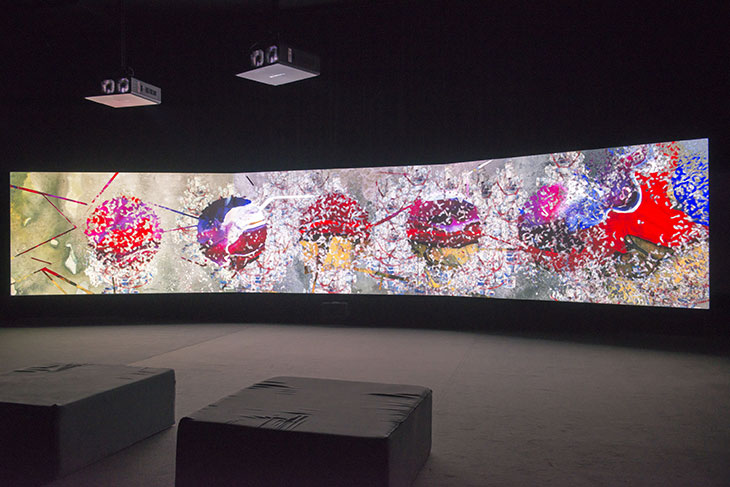
Parallax (2013), Shahzia Sikander. Installation view at Pera Museum, Istanbul, 2020. Courtesy Pera Museum
The vividly coloured, highly stylised and richly detailed elements in a traditional miniature all appear on the same pictorial plane, offering a non-linear perspective that allows multiple times, places and viewpoints to be rendered simultaneously. The Turkish artist CANAN’s 1 May (2010) combines scenes from a triumphant May Day celebration and a massacre in the same location 33 years previously in one tableau, reflecting the way historical events imbue a place with their sorrow or spirit. Another Turkish artist, Cansu Cakar, uses plural perspective to show past, present and future overlapping in her Tak Tak Tak Gırç Gırç Gırç Tak Tak Gırç Gırç (2017), a fictional painted map of an Istanbul riven by rapid change. ‘The form [of the miniature] is so free, you can play in it like a playground, opening a room up to the outdoors, creating a flow of ideas through the image,’ Cakar says, adding that there’s also a tension contained in this playfulness, in subverting the conservative aesthetic values typically associated with the form.
Despite what may seem like strict conventions, the miniature tradition is in fact one that often embraced change, Toprak says, noting how artistic developments in the East interacted with those in Europe and other parts of the world. ‘In the Ottoman times, especially the 18th century, it was something dynamic. The style of painting changed as they made a synthesis’ of different influences, she says. ‘I think it’s a very rich and infinite visual vocabulary for artists to explore.’
‘Miniature 2.0: Miniature in Contemporary Art’ is at Pera Museum, Istanbul, until 24 January 2021 (exhibition dates extended). A digital version of the exhibition is available on the Pera Museum’s website.
Unlimited access from just $16 every 3 months
Subscribe to get unlimited and exclusive access to the top art stories, interviews and exhibition reviews.

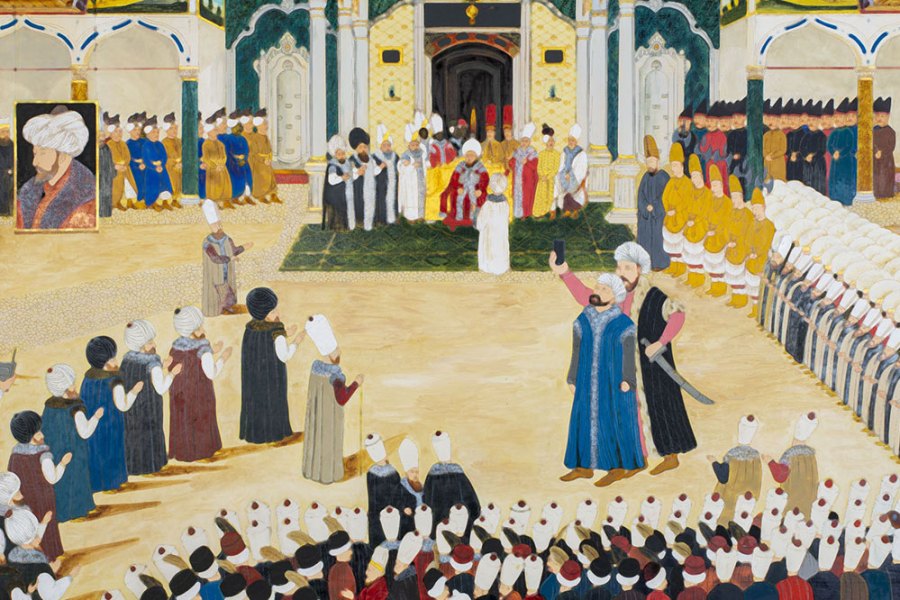
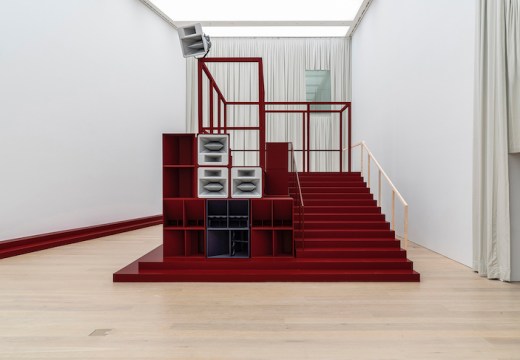
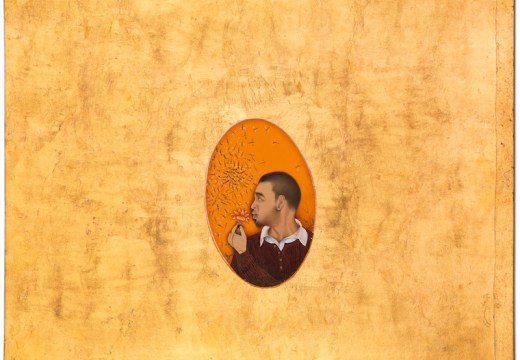
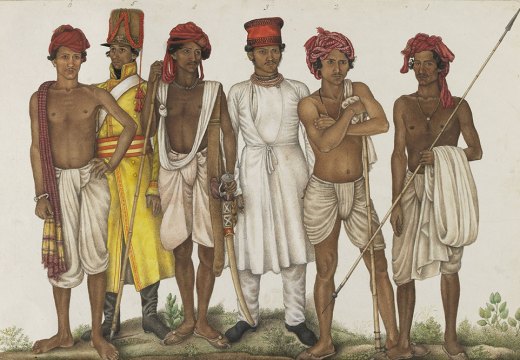









![Masterpiece [Re]discovery 2022. Photo: Ben Fisher Photography, courtesy of Masterpiece London](http://www.apollo-magazine.com/wp-content/uploads/2022/07/MPL2022_4263.jpg)
It’s time for the government of London to return to its rightful home